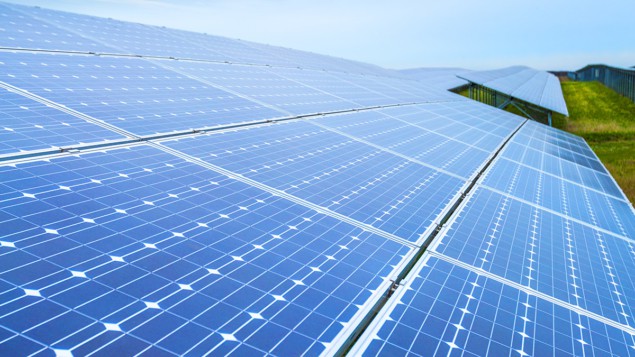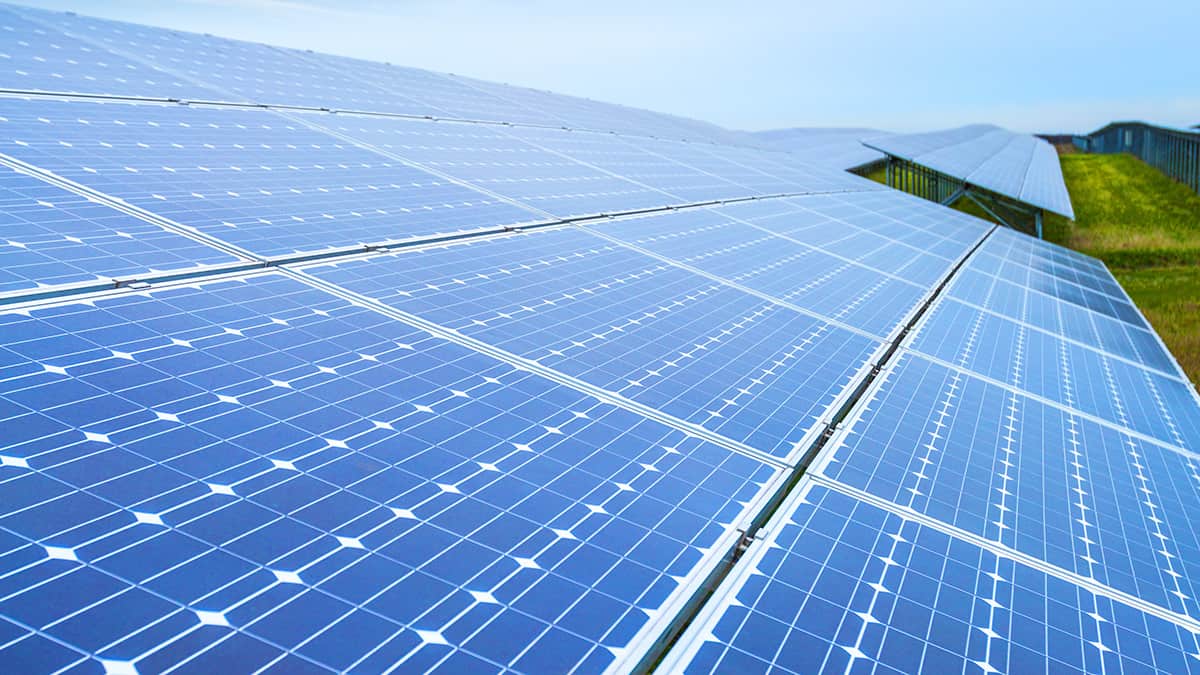
The Sun may be fading fast here in the northern hemisphere, but the number of solar panels installed here in the UK and elsewhere continues to grow by leaps and bounds. As the area of land covered by solar panels increases, have you ever wondered if converting all that solar energy into electricity is affecting the local environment?
The answer is yes, at least in arid ecosystems, according to a team of researchers at the UK’s Lancaster University, Ludong University in China, and the University of California Davis in the US. They studied two large solar farms – one in California and the other in China’s Qinghai province – and found that the facilities were cooler than their surroundings. This was based on satellite temperature observations taken before and after the installation of solar panels and, in the case of the California facility, measurements taken on the ground.
Both solar farms created “cool islands” that extended about 700 m from the perimeters of the facilities. The cooling effect was significant, with land surface temperatures about 2 °C cooler 100 m from the edges of the solar farms.
While lower temperatures could be a good thing, the researchers caution that they could have a negative effects on some flora, fauna and agriculture – which should be accounted for when sites for solar farms are chosen. You can read more about the study here.
Blinded by the light
Spring cleaning is a ritual in many cultures and at higher latitudes I think its origins might be related to the return of bright sunshine in the spring, which reveals just how dirty a home has become over the winter. You might think that bright sunshine is ideal for looking for defects in installed solar panels – but it turns out that broad daylight is the worst time to do an inspection. This is because the current technique identifies defects using electroluminescence, which involves detecting tiny amounts of light under darkroom conditions.
Now, scientists at the Nanjing University of Science and Technology in China have developed new hardware and software that can detect and analyse defects in solar panels in bright light. The technique involves stimulating electroluminescence using a modulated electrical current. This causes the modulated emission of light from the panel, which is detected using a high-speed camera. By focussing on the changes in light intensity from the panel – and filtering out some sunlight – the team was able to spot defects. You can read more about the imaging system here.
